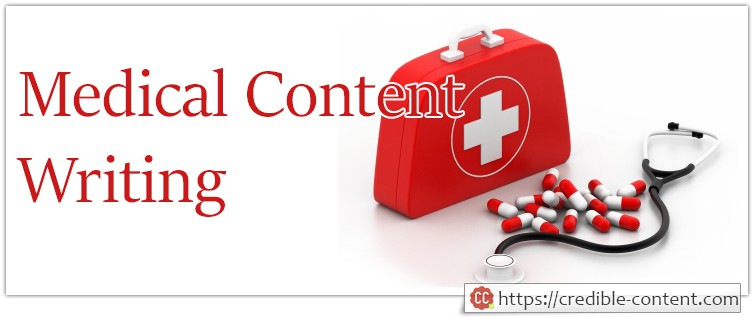So what exactly is medical content writing? Medical content writing, also known as medical communications, scientific writing or scientific communications, refers to writing and communicating complex, technical ideas in a clear, concise, credible and compelling manner. Essentially, it means transforming scientific data into readable content. Medical content writers work on raw data and turn it into specialized documents for a range of readers. The technicality and complexity of a document depends on the target audience. For example, a medical content writer may write up a short, informative piece on the release of a new asthma drug for a lay audience that mostly consists of consumers suffering from asthma. He/she may also write a fairly complex piece communicating to clinicians on the availability of a new drug. It involves customizing data and information for diverse audience.
Bought a digital thermometer recently? Did you notice the information leaflet inside? What about those brochures you picked up at the hospital informing you about their latest services in nutrition and dietetics? Or those flyers you saw at the chemist about a new cold rub? Remember reading the latest reports about a clinical trial of an insulin inhaler in the daily newspaper? What about all those health articles and tips you read on consumer websites? All these are examples of medical content writing.
Medical content writing is basically of two types:
- Scientific writing/regulatory writing
- Non-scientific/marketing writing
Scientific writing/regulatory writing is the creating of documentation required by regulatory agencies in the approval process for drugs, devices, therapies and other medical products. Regulatory content is complex and technical and involves the use of standard documentation protocols.
Regulatory content writing includes:
- Clinical study reports
- Regulatory submissions
- Ethics submissions
- Protocol documents
- Investigator brochures
- Standard operating procedures
- Nonclinical reports
Other scientific content writing includes:
- Publications and presentation abstracts, and papers and research presentations for conferences, seminars and workshops
- Posters
- Research documents –research reviews and reports
- Medical education documents –online study materials and PowerPoint presentations for physicians and healthcare professionals
- Physician speeches and presentations
- Slide kits
- White papers
- Case studies
This kind of content writing usually involves writers with an advanced science/medical/pharmacy degree (though there may be exceptions in that journalism majors may also be doing this kind of writing).
Non-scientific/marketing content writing involves producing clear, effective and compelling communication for audiences like healthcare professionals, patients and consumers. It involves communicating ideas in a simplified, strategic manner. Usually people with journalism/English major are involved in marketing medical content writing.
Marketing documents include:
- Advertising copy for hospitals, clinics, healthcare organizations and pharma
- Patient education materials
- Proposal writing
- Training manuals
- Public relations material
- Posters, brochures, flyers and newsletters
- Internet content
- Blogs
Apart from scientific and marketing medical writing, one may also be involved in producing health content for newspapers and magazines.
Medical writing is a challenging and specialized domain of content writing. It involves not only clear and concise writing skills but also complex reading skills as writers translate medical jargon into easy-to-read-and-understand content. While a science degree is an asset, it is not mandatory. One can be a mass communication graduate and still go on to do medical writing if one has sufficient interest in the medical/health-related fields.
Note from Amrit: Namitha has written this blog post as a guest blogger and her writing represents knowledge and experience in the field of medical content writing.

